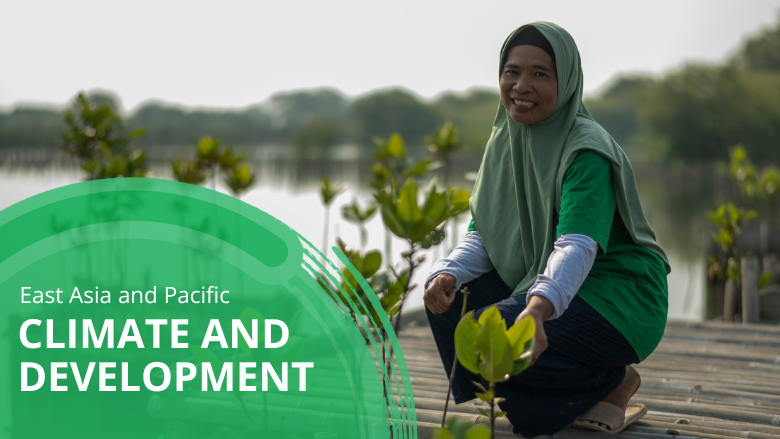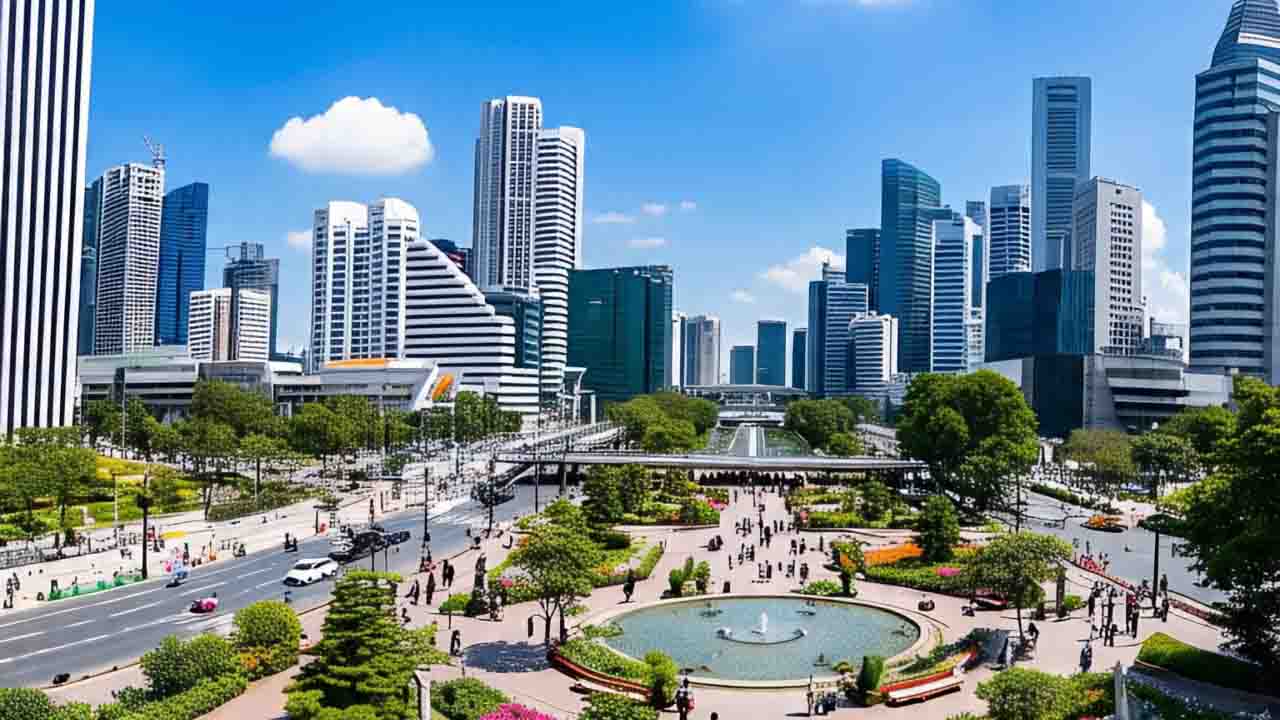Resilience APAC – The Asia-Pacific region faces a climate crisis that threatens not only its environment but also its economic and social stability. According to a groundbreaking report from the United Nations Development Programme (UNDP), this region, home to over half the world’s population, is grappling with escalating risks tied to climate change.
The Asia-Pacific climate threat is no longer a distant concern. From rising sea levels and devastating typhoons to extreme heatwaves, the consequences of a warming planet are already reshaping lives and livelihoods across the region. UNDP’s report highlights these urgent challenges and calls for bold, immediate action.
The Scope of the Asia-Pacific Climate Threat
The UNDP report paints a stark picture of the climate crisis in the Asia-Pacific, emphasizing how environmental risks are accelerating faster than anticipated. Key findings include:
- Rising Temperatures: The region is warming at a rate above the global average, with many areas experiencing annual temperature increases that outpace predictions.
- Intensifying Natural Disasters: Typhoons, floods, and droughts are becoming more frequent and severe, leading to unprecedented destruction.
- Rising Sea Levels: Coastal cities like Jakarta, Manila, and Bangkok are at risk of significant inundation, threatening millions of lives and key economic hubs.
- Economic Vulnerability: The cumulative cost of climate-related disasters could surpass $1 trillion by 2050, disproportionately impacting low-income communities.
These findings underscore the urgency of addressing the Asia-Pacific climate threat before it spirals further out of control.
Vulnerable Populations at the Frontline
The impacts of climate change are not evenly distributed. Vulnerable populations, including marginalized communities, indigenous groups, and those living in poverty, bear the brunt of its consequences.
Farmers across Southeast Asia, for instance, are already grappling with unpredictable rainfall and prolonged droughts, which threaten food security. Coastal communities face displacement due to rising seas, while urban populations endure record-breaking heatwaves that strain public health systems.
Women and children are disproportionately affected, as climate-induced disruptions exacerbate existing inequalities. The UNDP report emphasizes the need for targeted interventions to protect these at-risk groups and ensure an equitable response to the crisis.
Innovative Solutions to Combat the Crisis
UNDP’s findings highlight the need for innovative approaches to mitigate the Asia-Pacific climate threat. Promising solutions include:
- Nature-Based Solutions: Restoring mangroves, coral reefs, and forests not only combats climate change but also protects biodiversity and supports livelihoods.
- Smart Technology: Leveraging data-driven tools, such as satellite monitoring and AI-powered climate modeling, can enhance forecasting and decision-making.
- Community-Led Initiatives: Empowering local communities to implement sustainable practices, such as organic farming or renewable energy projects, ensures long-term resilience.
- Green Financing: Encouraging investments in sustainable development projects through public-private partnerships can unlock funding for large-scale climate initiatives.
The Cost of Inaction
The UNDP report warns that failing to act decisively will have devastating consequences. Beyond economic losses, the Asia-Pacific climate threat risks exacerbating social unrest, triggering migration crises, and undermining development gains made over decades.
Low-lying island nations like Tuvalu and Kiribati face existential threats, with rising seas potentially rendering these countries uninhabitable within a few decades. Without immediate intervention, millions could become climate refugees, straining neighboring nations and international systems.
Moving Forward with Urgency
The UNDP report concludes with a clear message: time is running out. To combat the Asia-Pacific climate threat, nations must act collectively and decisively. This includes setting ambitious emissions reduction targets, investing in adaptation measures, and ensuring that climate policies are inclusive and equitable.
Individuals also play a role in driving change. By adopting sustainable practices, advocating for climate action, and supporting organizations that combat climate change, communities can contribute to the broader effort.
The Asia-Pacific climate threat is a wake-up call for the region and the world. The UNDP’s alarming findings highlight the need for immediate action to safeguard the future of millions. Through bold policies, innovative solutions, and collective efforts, the region can turn this crisis into an opportunity for sustainable growth and resilience.
The time to act is now. Together, we can ensure that the Asia-Pacific remains a vibrant, thriving region for generations to come.




